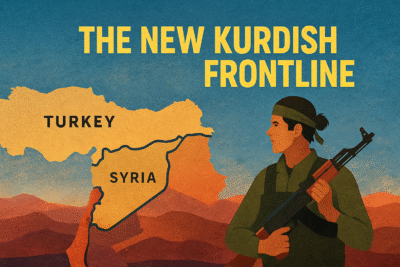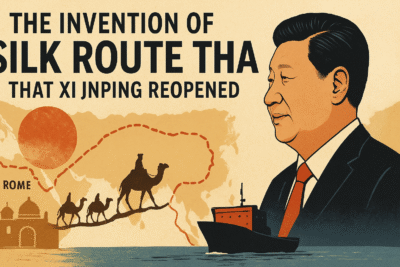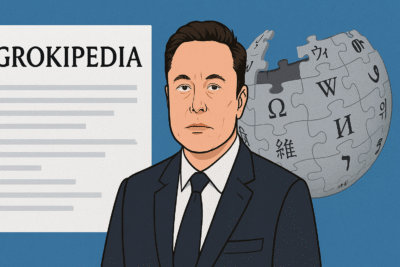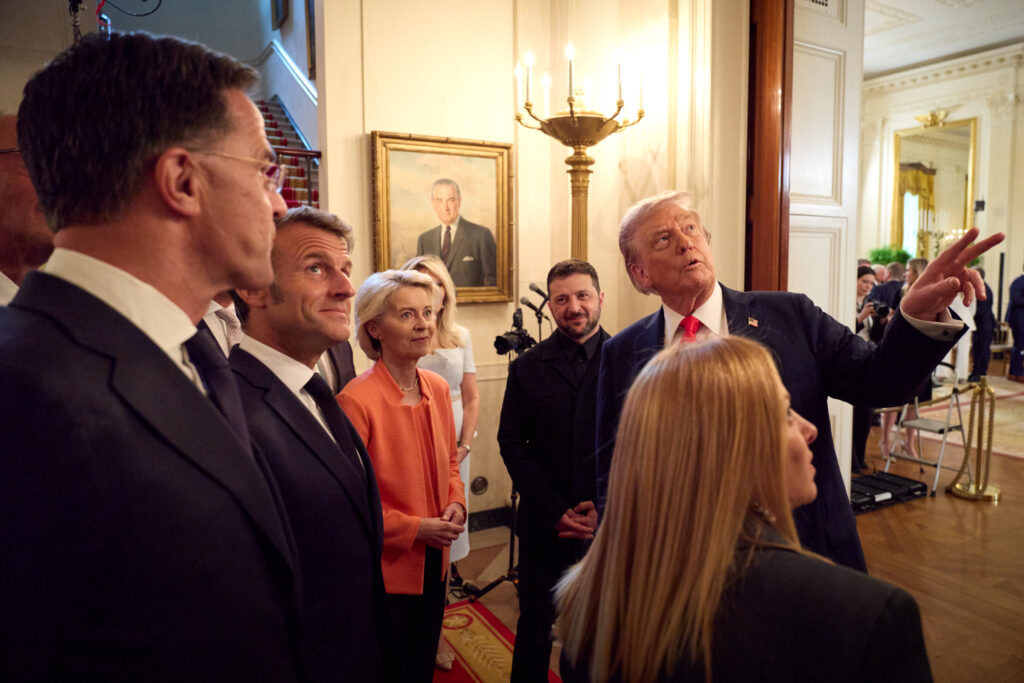
A united European delegation pressed its case in Washington, keeping the ceasefire debate alive and drawing the strongest signal yet of US-backed security guarantees for Kyiv.
The White House witnessed an unexpectedly upbeat encounter this week as Donald Trump hosted Volodymyr Zelenskyy alongside a delegation of European leaders.
What might have unravelled into discord instead became one of the rare “good days” in managing Trump on Ukraine, as German Chancellor Friedrich Merz described it.
The mood was strikingly different from recent weeks, marked by Trump’s lavish reception of Vladimir Putin in Alaska and his awkward February meeting with Zelenskyy. This time, despite clear differences — particularly over whether a ceasefire is a prerequisite for peace — the fissures were papered over with a show of unity.
European unity pays dividends
A decisive factor was Europe’s choice to present itself as a bloc. The Washington delegation included not only France and Germany but also the United Kingdom, Finland, Italy and Nato.
The strategy proved effective: when Europe is united, it is difficult to ignore. It also gave Zelenskyy both cover and strength in delivering messages that would have sounded confrontational had they come from him alone.
The joint front is being seen as a template for Europe’s dealings not only with Trump but also with other great powers such as China.
Ceasefire tensions
The sharpest policy clash concerned a ceasefire. Trump, having reversed his stance after his Alaska talks with Putin, told Zelenskyy that he no longer considered a ceasefire necessary for progress. European leaders, led by Merz and France’s Emmanuel Macron, pushed back forcefully. They insisted that peace talks cannot credibly proceed while Russia continues its bombing campaign.
For Zelenskyy, this was a critical intervention: had he challenged Trump directly, he risked public rupture with Washington. With Europe in the lead, the argument gained weight without weakening Ukraine’s standing.
Security guarantees: Progress or illusion?
Where the meeting did yield movement was on security guarantees for Ukraine. Trump pledged “a lot of help”, clarifying that Europe would remain the first line of defence but that the United States would back them up. Zelenskyy later announced that these guarantees could be formalised on paper within ten days.
Ukraine has indicated its willingness to purchase $90 billion in American weapons to underpin the deal. Merz confirmed that Washington was prepared to coordinate guarantees with Europe.
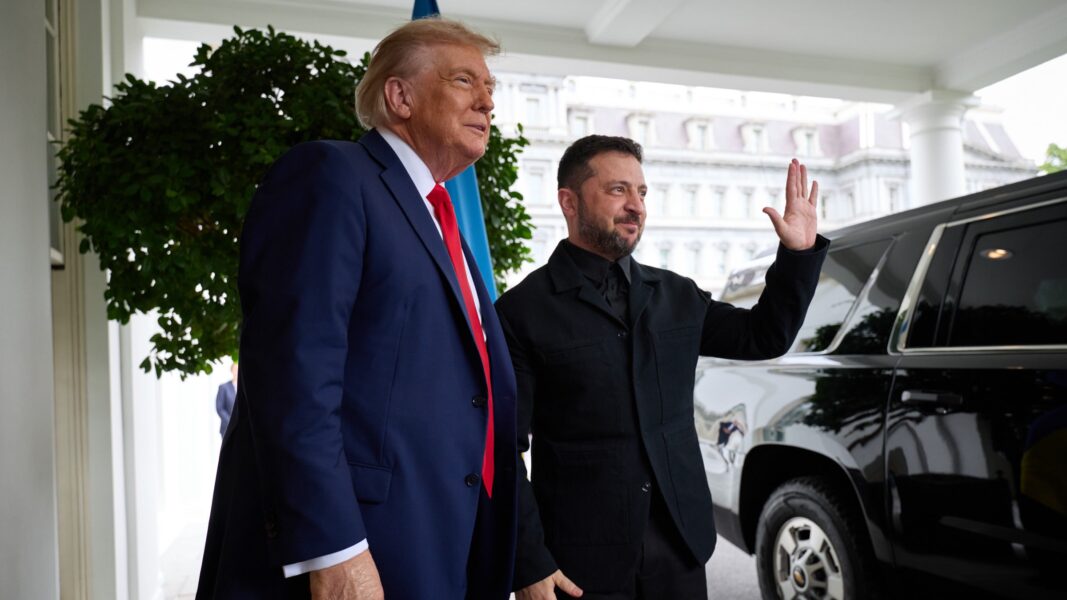
Yet doubts linger. Trump’s assurances have been fragile in the past, and the details remain vague. Observers warn that the apparent breakthrough could prove illusory once tested by events on the ground or by the shifting impulses of Washington and Moscow alike.
Land-for-peace firmly rejected
Conspicuously absent from the talks was any discussion of territorial concessions. Putin had recently floated a proposal that Ukraine surrender the Donbas region, including areas not under Russian control, as part of a peace deal.
European leaders made clear this was a non-starter, reinforcing Kyiv’s line that no land-for-peace trade-off is acceptable.
The Putin factor
Trump used the occasion to brief allies on potential talks between Putin and Zelenskyy. He said preparations were under way for a bilateral meeting, possibly in Hungary, to be followed by a three-way summit including himself.
If realised, this would be a significant shift: Putin has until now refused any direct meeting with Zelenskyy. However, the risks for Ukraine and Europe are considerable. A trilateral session could see Trump and Putin exerting joint pressure on Kyiv. European leaders are determined to prevent this outcome, but they accept that drawing Putin to the table could at least increase diplomatic pressure on Moscow.
A volatile balance
The White House meeting is being cited in European capitals as proof that unity can temper volatility in Washington. The mood may not last — as recent months have shown, positions on Ukraine can change overnight. But for now, Europe has bought itself space, ensured that the ceasefire issue remains alive, and extracted the strongest signal yet of American-backed security guarantees.
It was, in Merz’s understated assessment, “one of the good days”.

